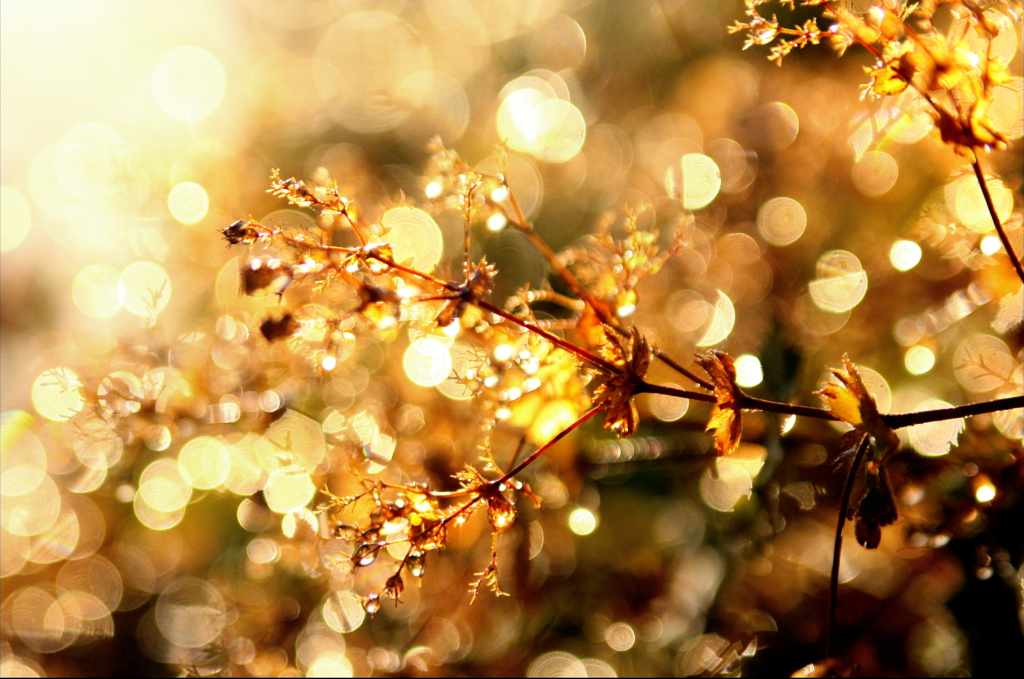What is bokeh?
Everyone pronounces it differently, but everyone in the photography world is talking about it: bokeh. But what is bokeh?
Like the pronunciation, the definition of bokeh, too, varies depending who you’re asking. In broader terms, bokeh is this:
the visual quality of the out-of-focus areas of a photographic image
Source: Google
Bokeh is such a popular term in photography as it separates subjects from the background and thus makes photos seem less cluttered and more appealing. It’s like when your eyes focus on something specific and everything around becomes blurry. Usually you don’t notice it as your brain will focus on the same spot as your eyes do, but if you observe it consciously you will realize that you see a lot of bokeh every day without noticing it.
A photo with bokeh lets the brain comprehend it more easily as it can distinguish the important parts in a familiar way.
Another aspect for bokeh to be such a buzzword is the link between better bokeh and better lenses. Generally speaking, phone cameras (unless you use the iPhone 7 camera with fake bokeh), cheap point-and-shoot cameras and cheap lenses all can’t produce the same bokeh as lenses that cost the same or more as your camera body. Bokeh has become a symbol for good photos. Generally speaking, of course, as there are lot of other aspects defining the quality of photography, too.
These are two photos that I’ve taken ages ago, but that illustrate the different understandings of bokeh pretty well:
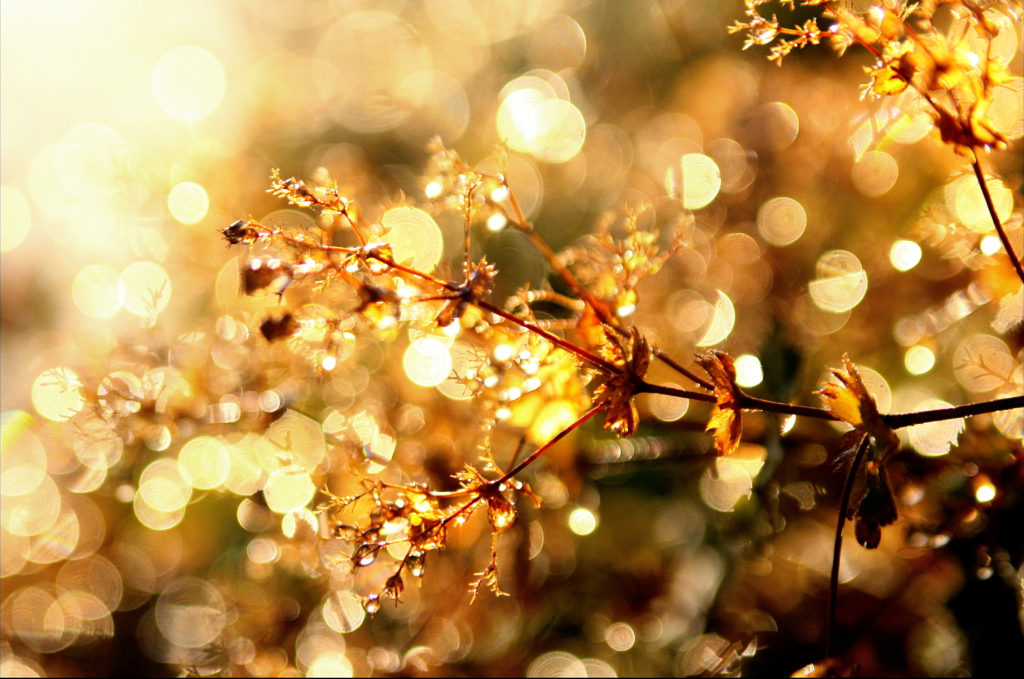
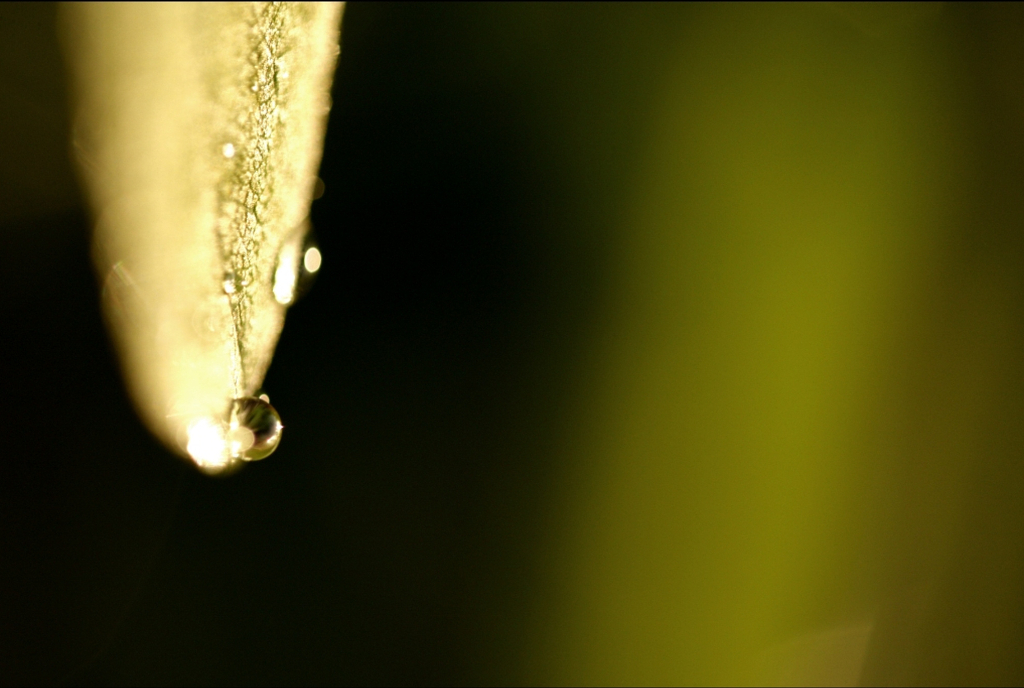
As you can see, both photos include sharp subjects and blurry background. However, the blur shows in different ways. The first kind of blur is the one, that most often gets referred to as bokeh, probably as it also is the kind that gets noticed more. It looks artistic, sparkly and beautiful, making for a nice and interesting backdrop.
The second kind of bokeh is a lot creamier. There aren’t any sharp edges, the whole background just looks like one gradient. That kind of bokeh doesn’t get noticed and credited much by not so experienced photographers, as it can easily be overseen. Your brain will focus on the sharp subject and be pleased that it can detect the important part of the photo that easily.
How do you get bokeh?
Different lenses can give you different kind of bokeh.
The most important feature of your lens, however, should be an aperture as large as possible (Understanding Aperture – A Beginner’s Guide). Focal length and aperture influence the depth of field, which is the area that is rendered sharply.
A wide angle lens needs a very large aperture for a narrow depth of field, while a telephoto lens would be okay with a smaller aperture because of its perspective and magnification.
Basically the rule is that the more the lens can blur the creamier the bokeh gets. That doesn’t mean, though, that the bokeh will always look the same. Of course it depends on the type of background, colors, contrast, shapes, distance to the subject that will be in focus.
Traffic and street lights are a simple and popular source for the more artistic bokeh - they just need to be out of focus and they already look beautiful and mystique. Try to create some bokeh with your Christmas lights and you won’t want to take them down again!
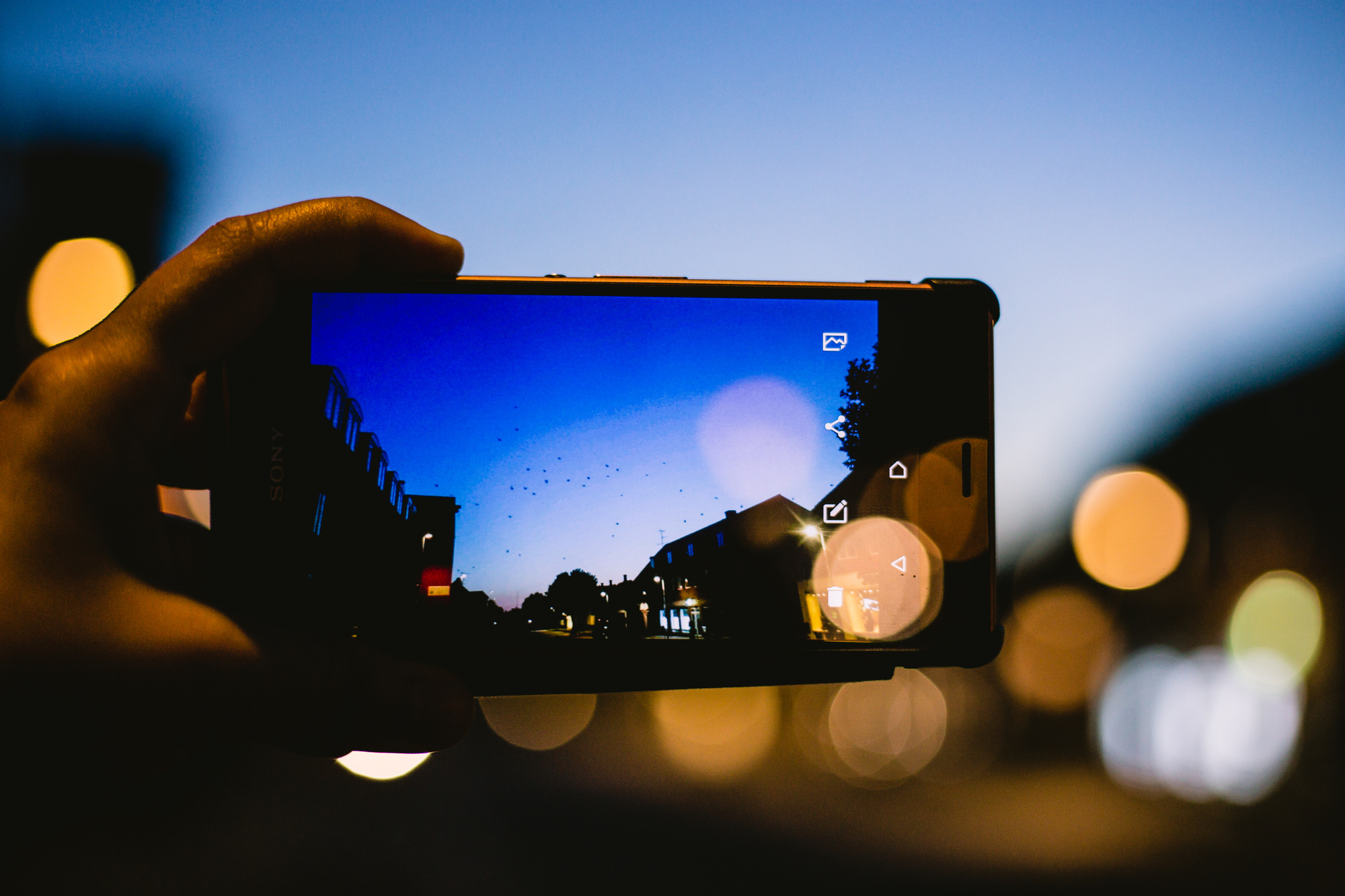
How does the background influence bokeh?
Using a lens with a large aperture is very helpful. However, the backdrop of the photo can still be a challenge if you want to get this really creamy bokeh.
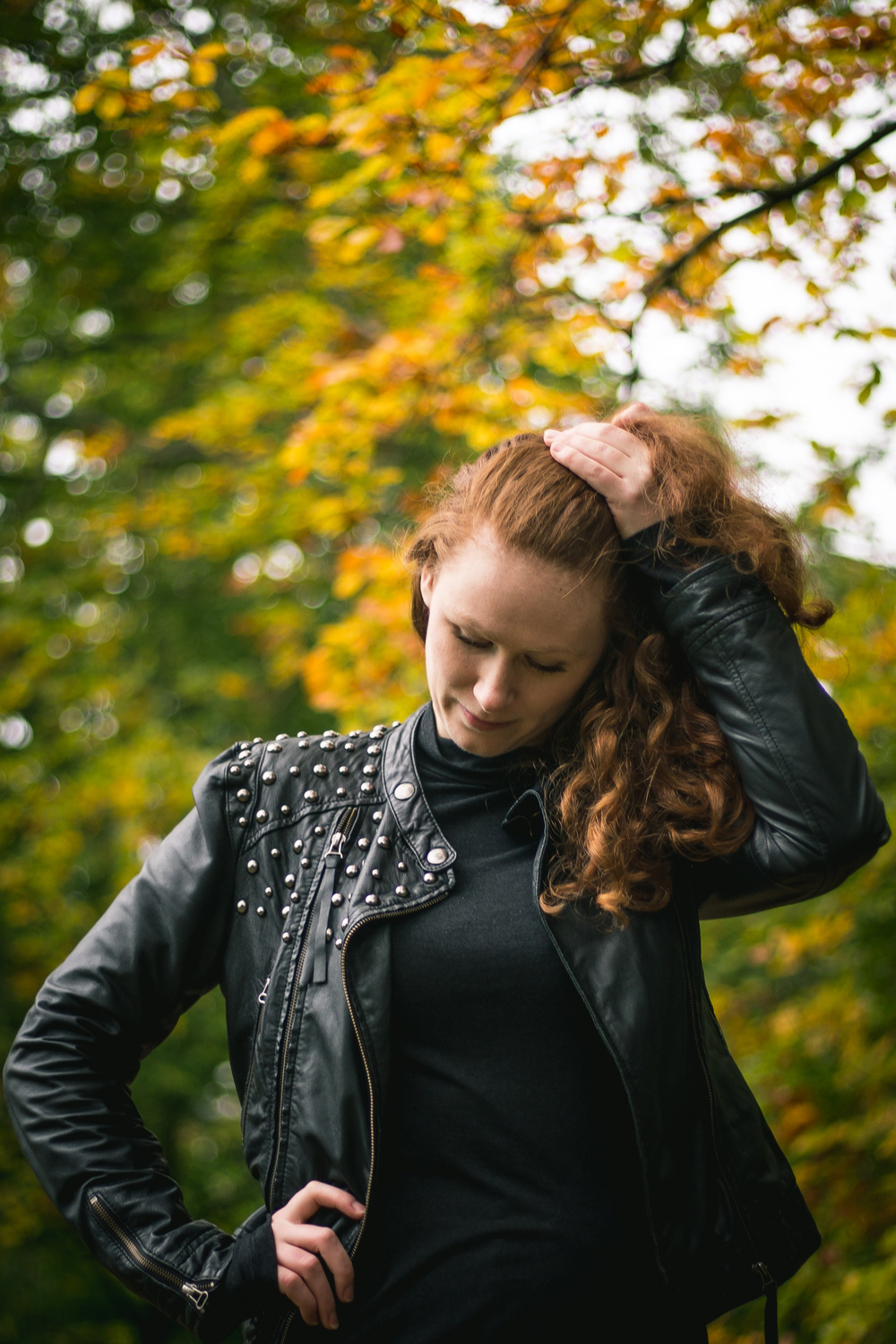

I took these photos of Simone last autumn when the leaves in the park were about to turn orange. Even though I liked the colors and think, that they fit very well with her hair color, in some shots I find the leaves to be too disturbing and distracting from my actual subject. Even though in the first photo, the leaves don’t appear sharp and actually almost look like the artistic bokeh, they are fare to edgy and focused for my taste thus creating small shaped bokeh.
In the second photo the bokeh is much bigger, softer and creamier which separates the background from the subject and makes it pop more.
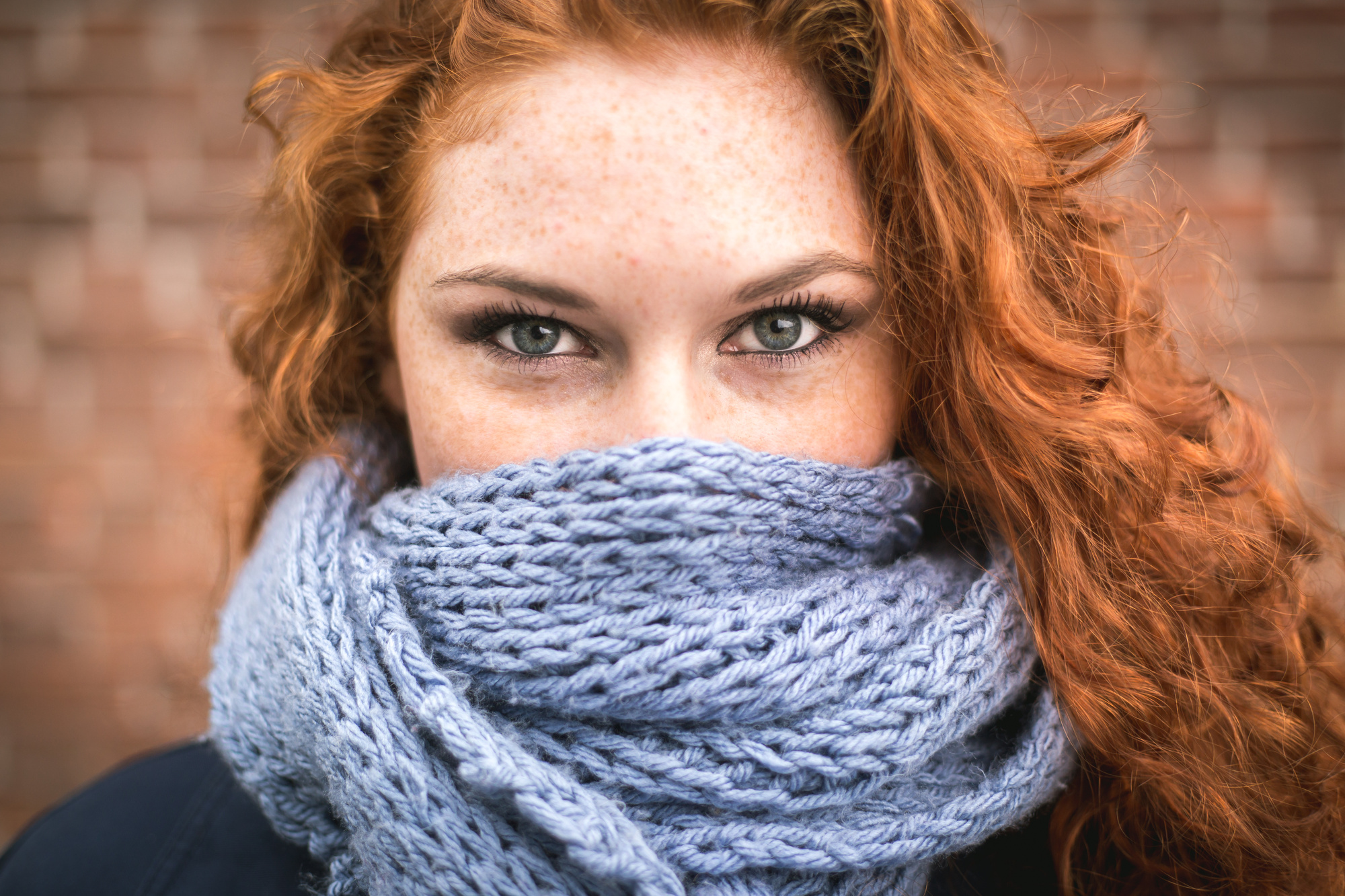
This portrait of Celina has pretty soft and big bokeh, too, as you don’t see any particular shapes. However, she was standing in front of a brick wall so the pattern of the bricks still shows. Whether that’s too cluttered and distracting or more interesting is a matter of taste, I guess.


Those two photos also have a more visible type of bokeh, where the background is blurry but still showing shapes. Even though it looks rather artistic in the first photo (created by windows with incoming light), it might be a little annoying in the second photo. However, because of the light, the subject (unpredictable and fast moving) and the focal length it wasn’t possible for me to get a more softer bokeh. Also it wasn’t the goal to get the most beautiful bokeh ever, as I also wanted to enjoy the experience and just hoped to be able to snap some usable shots on the way.
How does the focal length influence bokeh?
The longer the focal length of your lens the narrower the angle of view. As the subject gets magnified and appears larger the depth of field gets reduced and bokeh will appear on almost all of your photos unless you’re photographing with a low aperture.
These photos were all taken with a 135mm lens with large aperture, and they all have big and soft bokeh.
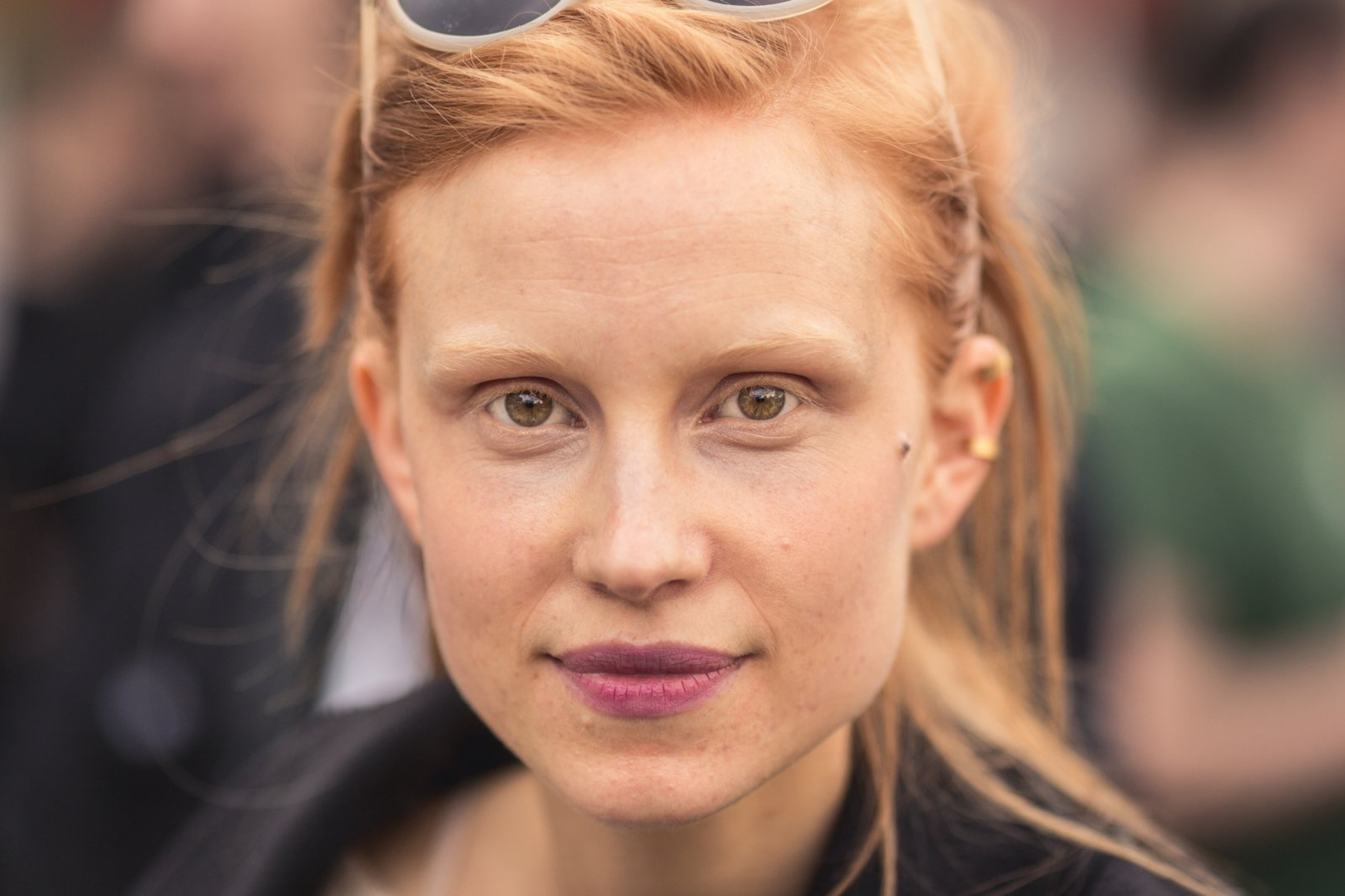
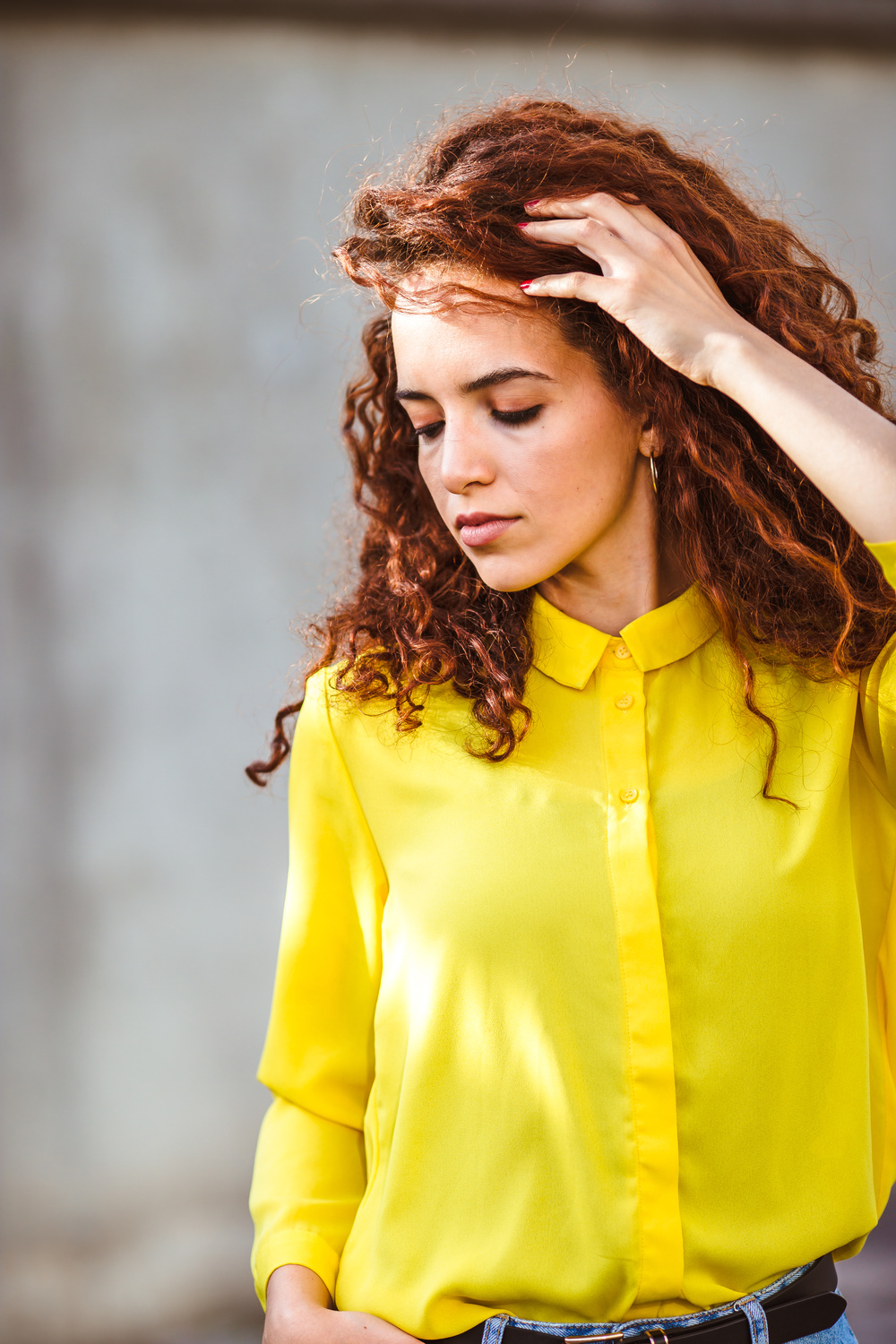
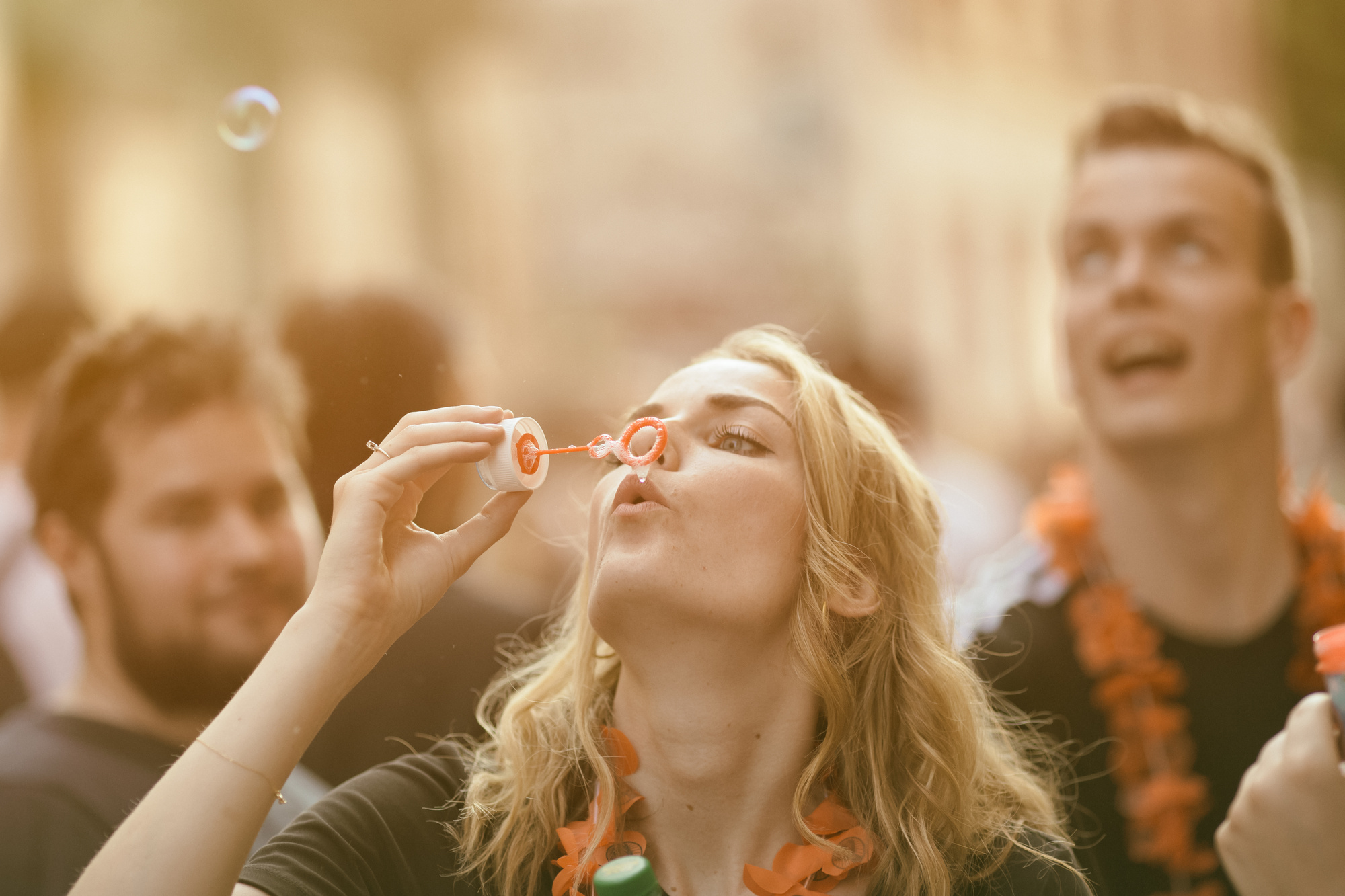
Another type of lens makes creating that kind of bokeh pretty easy are macro lenses. Marco lenses allow you to get really close to the subject thus having the same effect as long focal lengths with a narrow angle of view and reduced depth of field. Macro lenses can have different focal lengths which again influences the type and quality of bokeh.
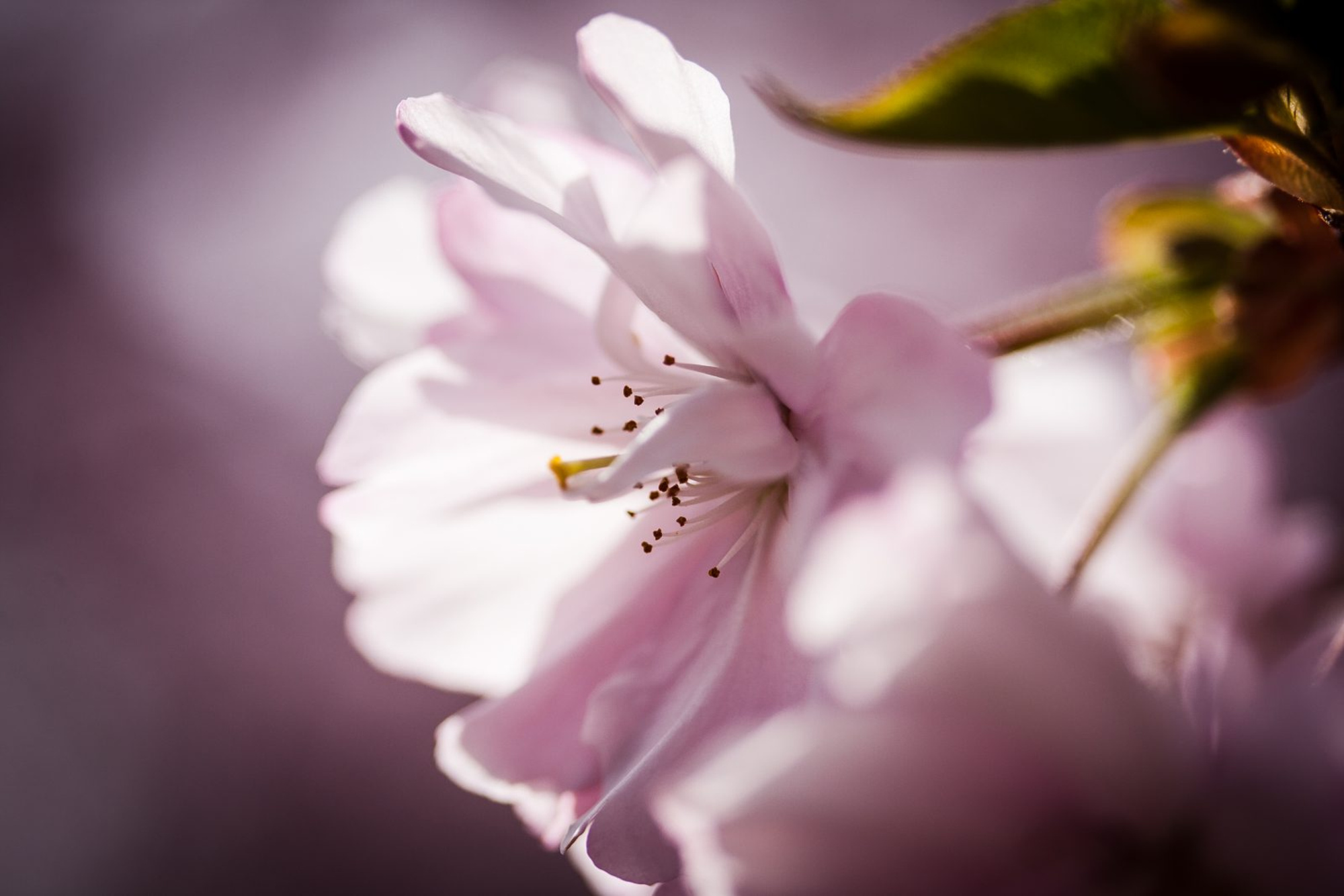
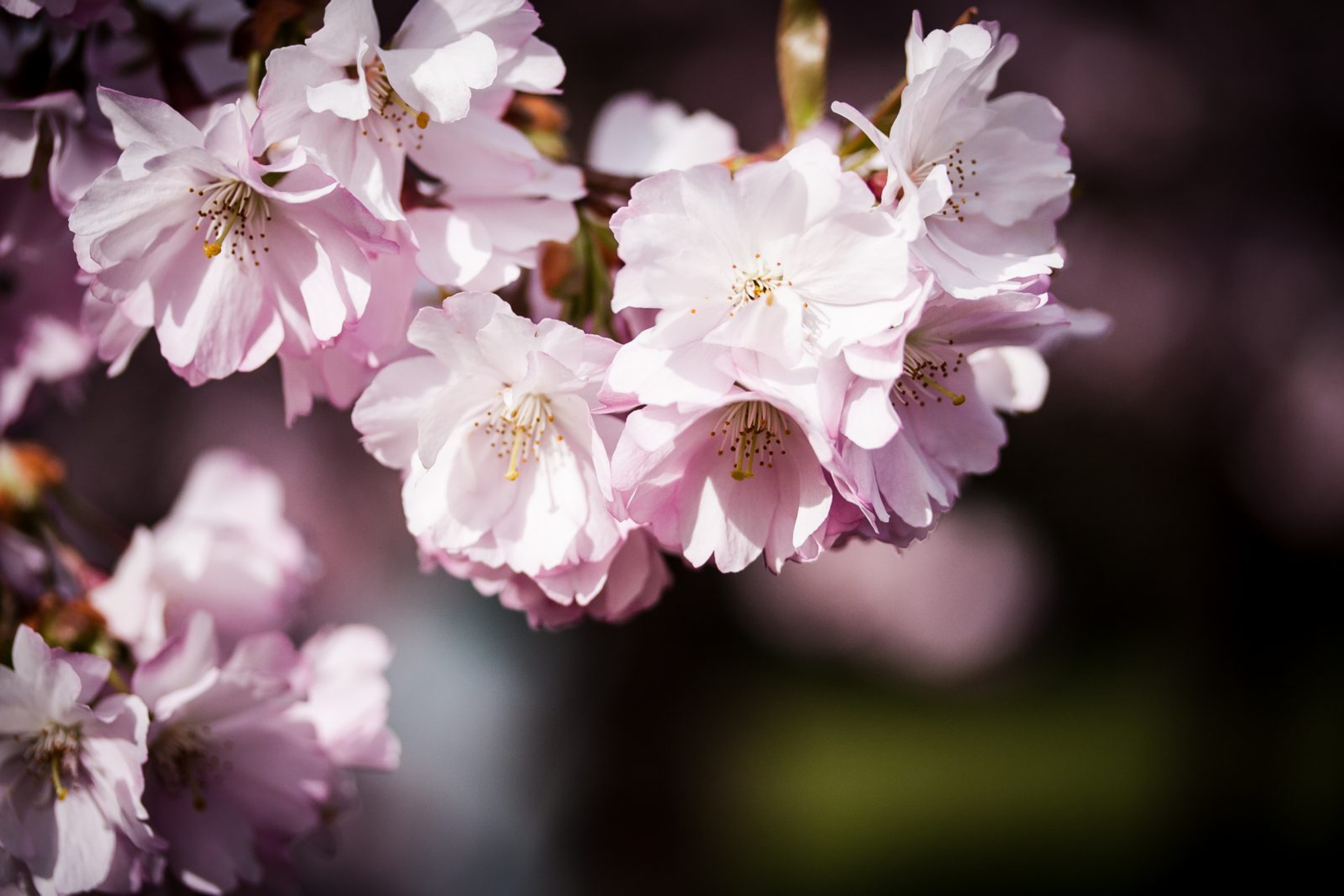
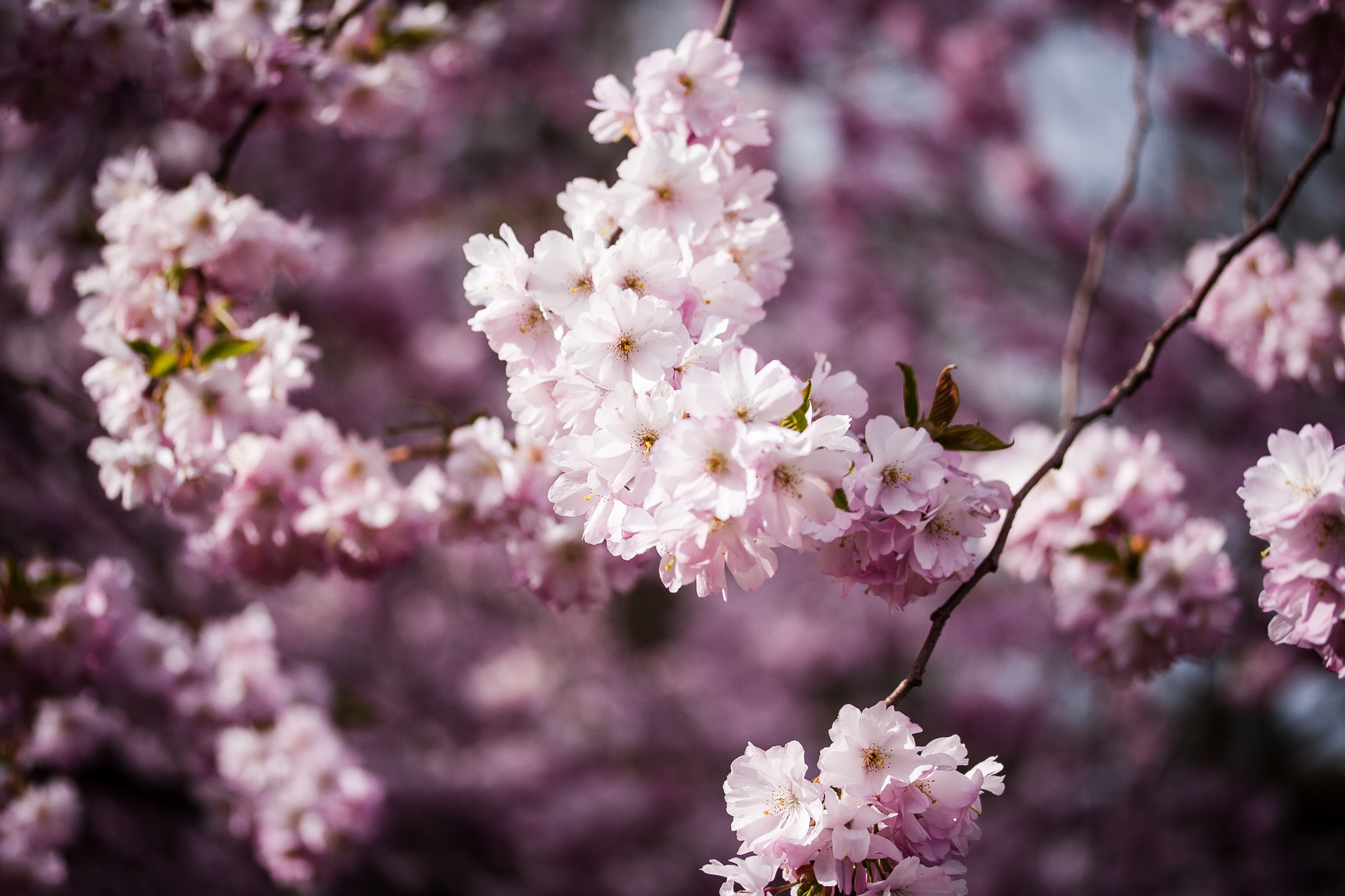
These photos were taken with a 60mm macro lens and illustrate how the bokeh changes depending of the distance of the subject to the lens.
The second image with the water droplet was also taken with the same lens.
”Faking” bokeh
Well, maybe you can’t really call it faking. Maybe it’s more kinda-helping-the-depth-of-field on the way.
Like you can use small lights to easily get artistic bokeh, you can also move your lens close to some round and semi-transparent objects that reflect the light and thus create a blurred, bokeh’ish foreground.
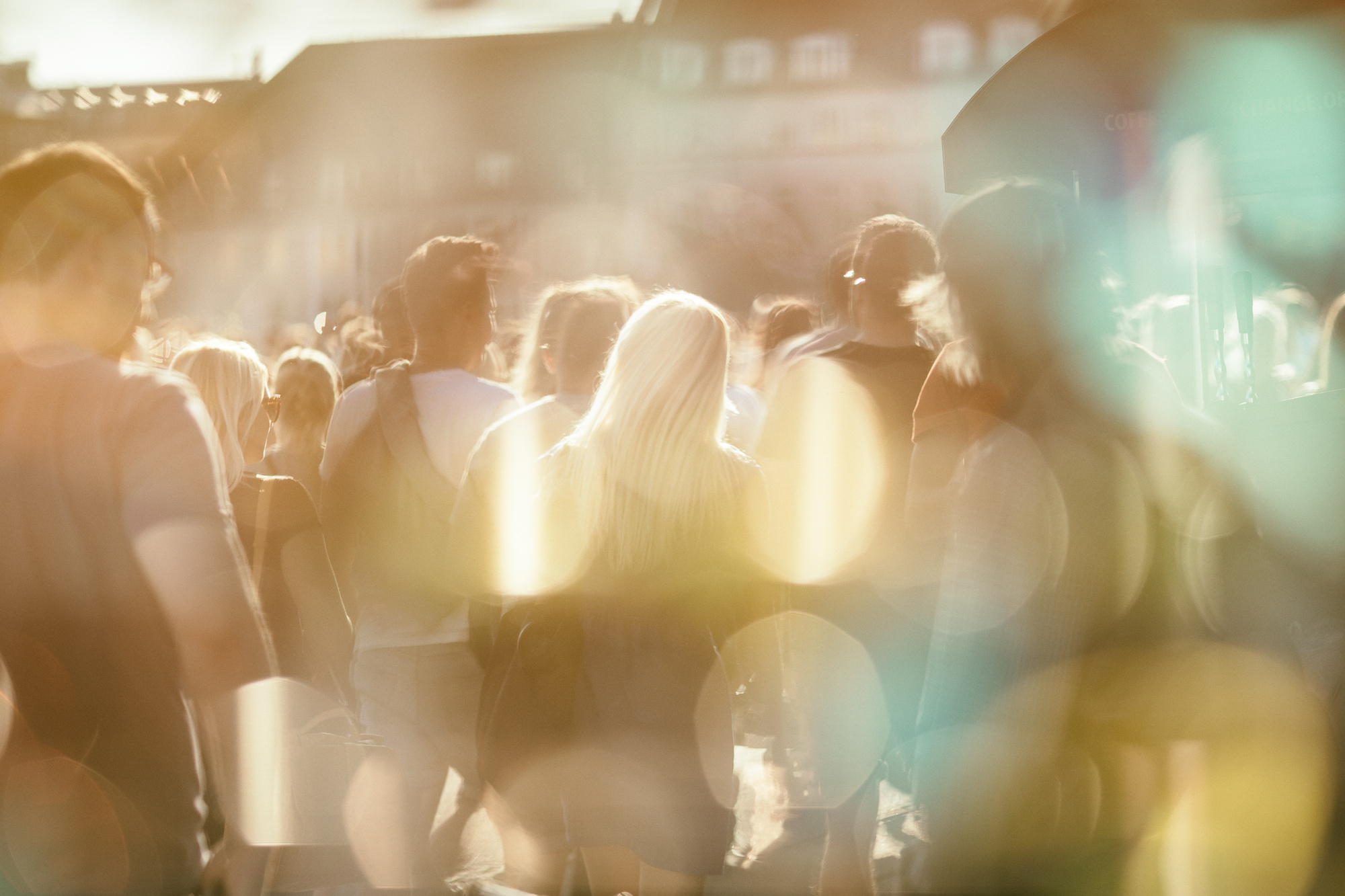
This shot is taken through a stand with sun glasses. As the lense is close to the semi-transparent glasses with different colors with the focus being on the people behind, the sun glasses become blurry shapes in the foreground.
And the photo from the beginning -
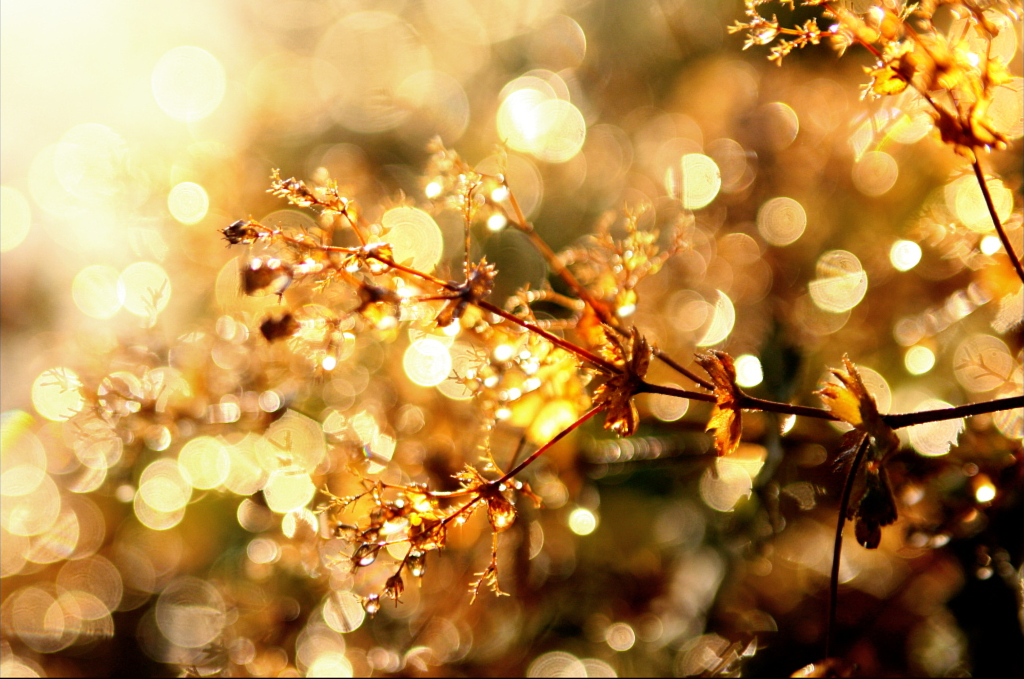
kinda got helped on the way, too, as the bokeh basically is a million of water drops from the dew that are sparkling in and reflecting the morning sun.
